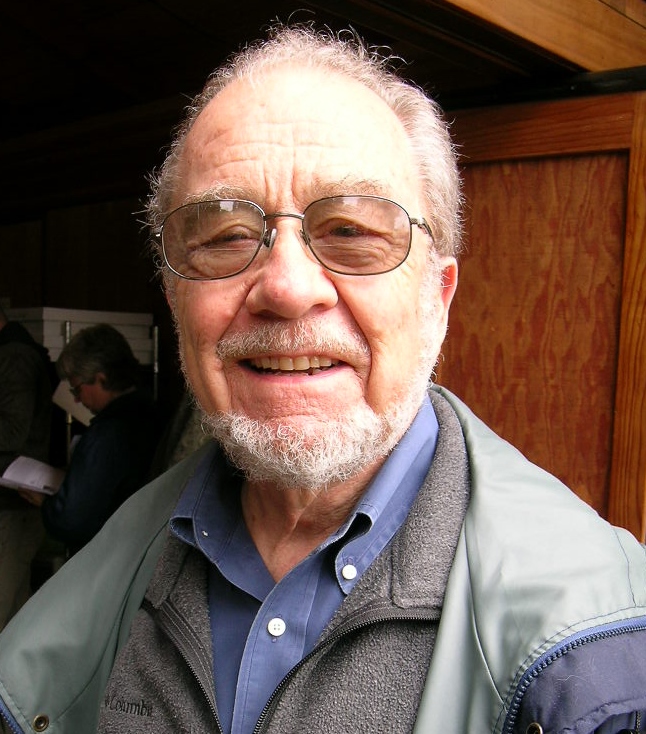
Henrik Bull, an influential architect whose passion for mountain design was firmly rooted in achieving a sense of place, passed away in early December near his home in Berkeley, California, at the age of 84.
As one of the co-founders of the San Francisco design firm of Bull Stockwell Allen, Bull left his legacy throughout ski country, from some of the first A-frame cabins in the mid-1950s to classic resort mountain lodges such as Spruce Saddle at Beaver Creek, Colorado. His work stood out during a period when large corporations, propelled by growing demand for vacation properties, blanketed much of snow country with developments that reflected cookie-cutter designs, a lack of sensitivity to winter climates and the expediency of cheap construction materials.
Born in New York but raised in Stowe, Vermont, Bull graduated in 1952 from Massachusetts Institute of Technology with a degree in architecture. After a stint in the Air Force, Bull and his wife, Barbara, moved to San Francisco, where he opened a business and began designing ski cabins. By the 1960 Winter Olympics at Squaw Valley, homes with his revolutionary A-frame configuration—typically with an all-glass facade in the front—dotted the alpine landscape around Lake Tahoe. Several of these were featured in Sunset Magazine, and Bull ended up receiving 43 major architectural awards.
His career paralleled the growth of the American ski resort industry, and he was among the first architects to design complete villages. “He was always surprised that people didn’t take seriously the specifics of place and climate,” says John Ashworth, a principal at Bull Stockwell Allen. “He was a firm believer of authenticity in terms of buildings having sustainable materials and structural integrity. He felt that villages should be a reflection of their specific location, with materials matching the color of each place and buildings sited to fit with the topography and views.”
Bull also understood the dynamics of snow, and devoted much of his design efforts to creating simple and functional rooflines that would avoid dropping snow and icicles on unsuspecting residents. “Henrik approached every project in terms of understanding the prevailing winds, the type of snowfall and the use patterns of the local population,” says Ashworth. “He was a problem-solver. He was not about imposing trendy or preconceived designs that he felt would look contrived. He was about being pragmatic and achieving longevity.”
Among the now widely accepted concepts of resort design, Bull came up with the idea of providing a heavier ratio of women’s to men’s restrooms, along with the proper 6-to-18 rise ratio for stairs used by skiers wearing boots. “Logic and simplicity were his guiding principles,” says Ashworth.
Bull and his associates have designed more than 80 mountain projects, including Poste Montane Lodge at Beaver Creek, Outpost Day Lodge at Keystone, Tahoe Tavern Condominiums at Tahoe City and the first village at Northtar in Truckee. While he was a student at MIT, Bull wrote his thesis on a potential expansion of Stowe resort to a site he envisioned at Spruce Peak. Today, more than 60 years later, the firm he started has been commissioned to design buildings on that precise location, now known as Spruce Peak Village. “This was an amazing, poetic full circle for him,” says Ashworth.
Although Bull had been retired for the last 10 years, he continued to frequent the San Francisco design offices, serving as a mentor to young architects and passing on his mantra of timelessness and simplicity. Until the end, Bull exhibited his trademark humility and positive energy. His creativity and vision have defined and shaped the ski experience for millions of people, and his works are as iconic as anything in ski country.
Bull is survived by his wife, Barbara, his son, Peter, of Mexico City; his daughter Nina and son-in-law Richard Fishman of Alamo, and two grandchildren. —Ken Castle

Add new comment